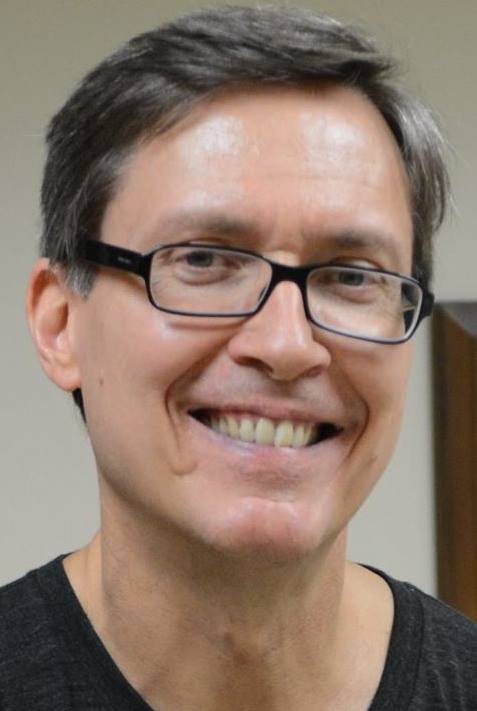I smiled at a woman while pumping gas into my car at QuickTrip this morning. I only saw her for a fraction of a minute and then she was gone, but I thought she looked a little surprised as she drove past.
Social protocol does not call for a white man pumping gas into his own car to smile at a black woman when she drives by if they do not know each other. I broke protocol. It was not a case of mistaken identity. I did not think I recognized the car or the woman. I might not have smiled if the woman had been white, but I saw a black face and smiled.
I smile or wave or say hello to every person who walks or jogs or pushes a baby carriage past my house. I have not always made a consistent effort to make contact with my neighbors, but have been working on it for the past month. People who are walking dogs almost always respond to me. White women with small children do not acknowledge me. Now I am usually standing 20 to 30 feet up my driveway where I exercise in the morning when I wave or say hello, so it is possible the women who pass my house several times per week with children have not heard or seen me, but I suspect they do. The woman who jogs by every morning took a few weeks to reply, but she said hello back to me this past week. The only people who are consistent about smiling and saying hello to me are African American women and teenage girls. Boys are not consistent, but they do smile when they are with a woman or a girl.
I did not smile at the woman driving by me at QuickTrip based solely upon experience with my African-American neighbors. More important were experiences I had as a chaplain at the University of Mississippi Medical center from 1982 to 1983.
University medical centers are enormous places. You can walk a mile getting from one end of the facility to another and sometimes I walked along with my colleague Gilbert Washington. Gilbert looked like a lineman for a professional football team, but was a very gentle man.
I usually got where I was going in the medical center without entering into a single conversation and sometimes without making eye contact with a single person. It was different for Chaplain Washington.
We would come around a corner and an African-American person would see Gilbert and say, “Hello Pastor. How is your day going?” We would stop and talk for a few minutes. Gilbert would introduce me so that I was not just standing there, but there was always real warmth between Gilbert and the people we met. This happened over and over again. A similar thing happened when I walked along with my white supervisor, but he had been a chaplain at the medical center for years and lots of people walked by the pair of us without acknowledging that we were there. Gilbert was a bigger pastoral presence in the medical center after a few weeks than my supervisor was after 10 years.
I had pastored a church for two years before beginning as a chaplain, but the hospital setting intimidated me. I felt ignorant and incapable every day. It was a great blessing to me that many of the people whom I met with Gilbert Washington continued to be friendly with me even when he was not there. And the patients who welcomed me most fully into their lives and their deaths while I was in Mississippi were invariably black people. So many times when I see a black face now, I smile.


Recent Comments